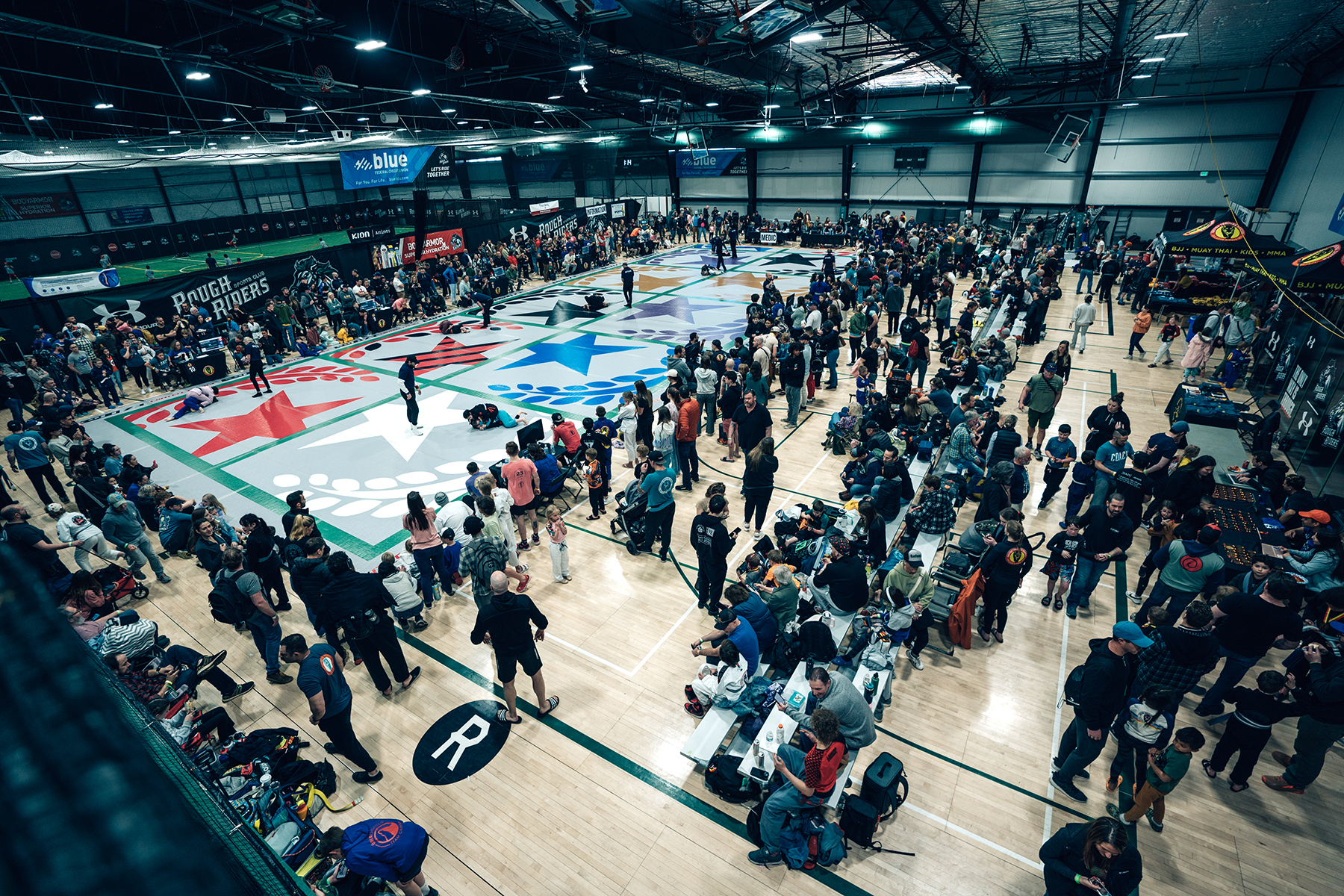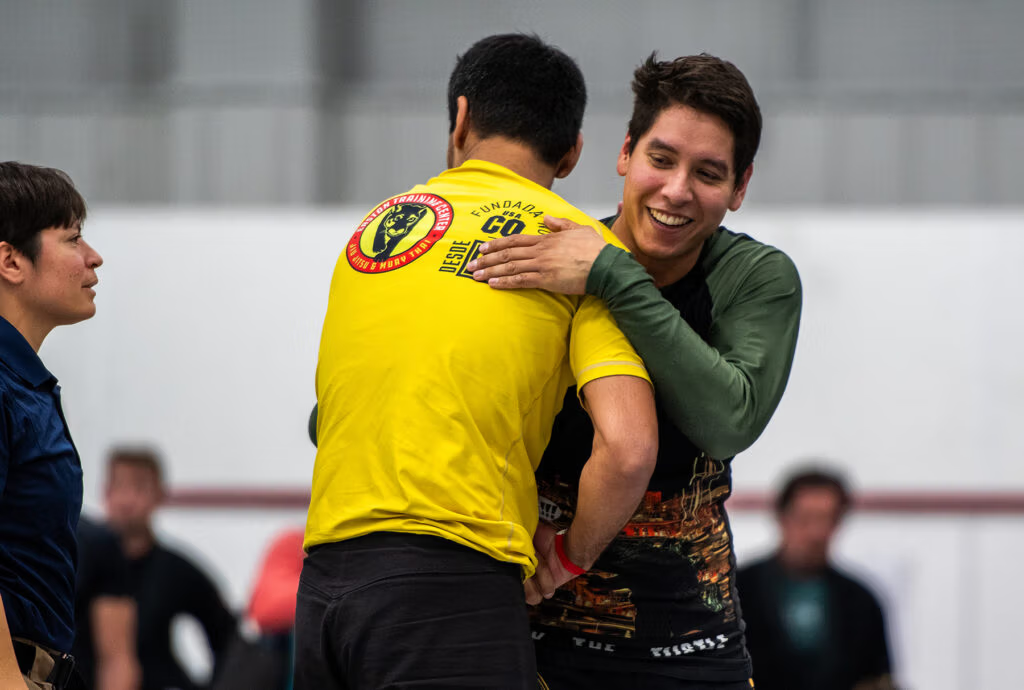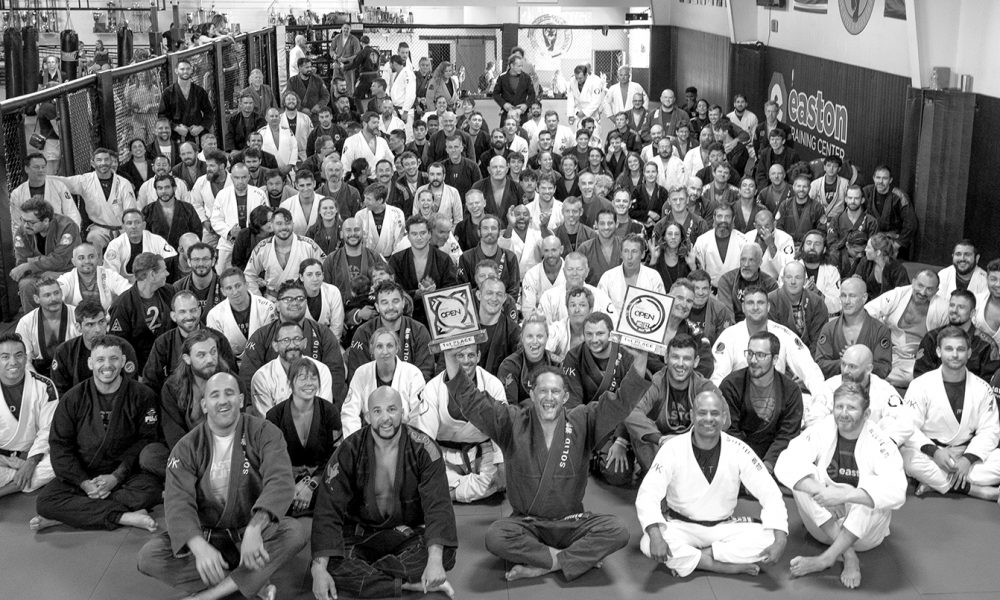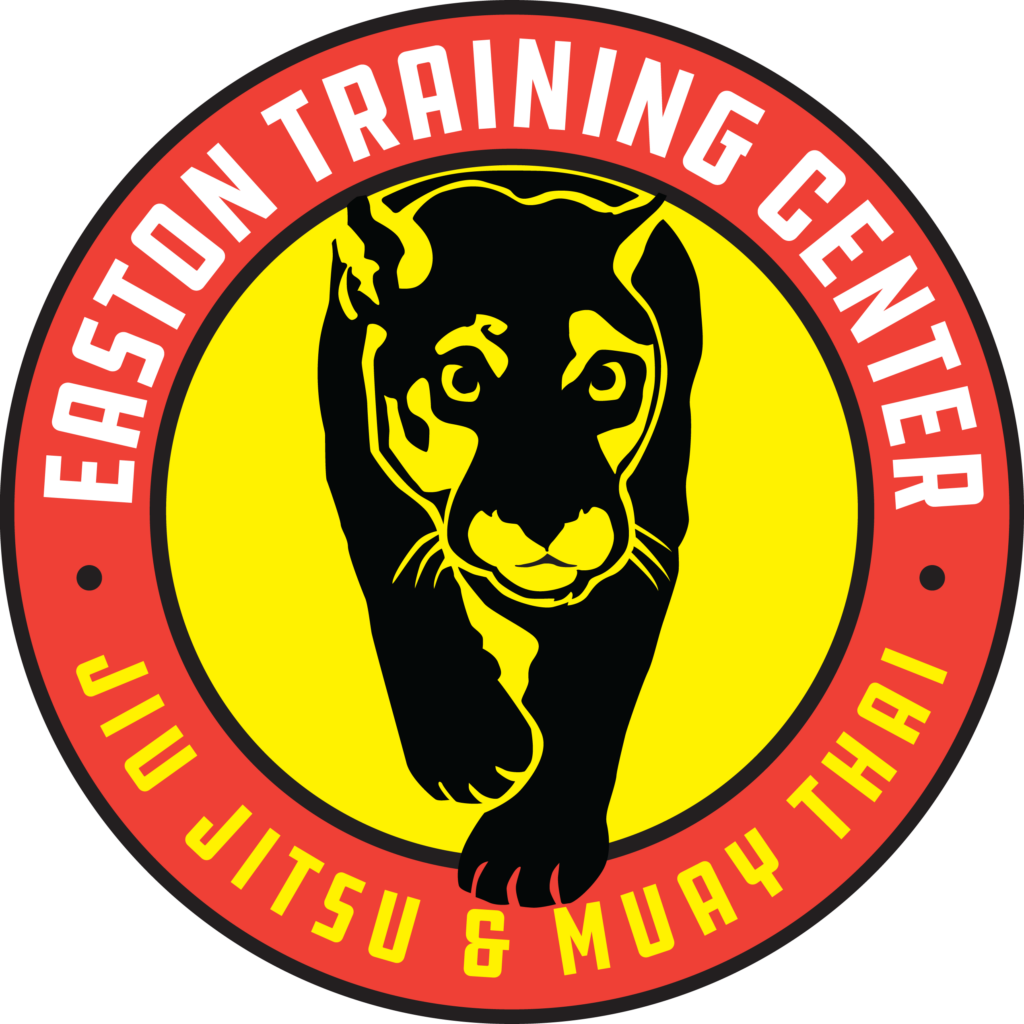When I started back in 2007, my goal was to be a competitor, and I stayed on that path until 2014. One of the key lessons that Amal imparted early on was that a school can have both “monsters” and hobbyists — and that it’s important to have both if you want to maintain high-quality, battle-tested martial arts.
Often, people struggle with the idea that these two groups can coexist. It may seem hard to imagine a school filled with both competitors and a significant number of hobbyists, but that has always been our goal at Easton. In 2001, it was mostly just competitors, but that was back when we were all still figuring out what a BJJ and Muay Thai business could truly be.
Amal’s vision was clear from the start, and his thoughts still resonate today: we must never lose touch with both sides of these incredibly powerful and effective martial arts.
I’ll begin with a quote we often preach, “Rising tides raise all ships.” In order for us to raise all ships, we need active competitors, especially the young ones. They have the energy, will, and healthy bodies to endure the day-in and day-out grind, absorbing the damage that comes with hard competition and intense training sessions, sometimes five days a week.

If you’re in your 40s or 50s, you may think you can handle it too — and maybe you can — but you’d be an anomaly. Most of us start to break down in our 30s, especially if we went hard in our teens and 20s, and that’s why Master’s divisions exist. Let’s focus on what’s most likely, not the outliers.
We need the teenagers and those in their 20s — the adult division warriors — pushing the boundaries of what’s possible. They probably don’t have all the life responsibilities yet. Their bodies are still strong and relatively free from the nagging pains that come with age. They’re the ones who help us all raise our game.
The young competitors help us get better, keep us on top of the game, and show the world what’s possible in these martial arts. But just as important, we need the hobbyists, the family people, and those who can only make it to class twice a week (I’m hoping to fit into that category if I try hard enough).
We need everyone. Each of us plays a vital role in this community, helping it grow, get stronger, and improve each day. The veterans—the ones who have “been there before” — impart their wisdom to the younger generation, ensuring they don’t turn into entitled brats. At the same time, the young ones keep us honest, always pushing us to raise our game. Synchronizing these two groups is key to becoming the best version of a martial arts school.

How does this coexistence happen?
It’s actually quite simple. It starts with solid leadership and guidance from people like our Martial Arts Program Directors: Alex Huddleston (BJJ), Sean Madden (Muay Thai), Jordan Shipman (Kids BJJ), Matt Bloss (Kids Muay Thai), and of course, all the coaches and owners. They help everyone understand their roles, from hobbyists to competitors.
Here’s a sample training routine I followed back in my 20s and early 30s. This is for competitors. Obviously, there are many variations of this, but the overall point is: be part of the community and get your wars in. Bring everyone up.
- Train your hard competition sessions during the day, during off hours, with other competitors so every round can be a battle. For example:
- Hard drilling: 15 – 20 min. This acts as a warm up, focus on your game, includes moves like half passing and half sweeps.
- First to points: 15 min. Very intense from the feet, you have to be in shape for this and physically able to handle it.
- Live rounds: 30 – 45 min. Mostly war, usually 6 min rounds.
- Drill your game during off hours to keep refining what works for you.
- Take the advanced class to continue rounding out your skills, practice your game, and help bring others up.
- Attend randoris to refine your game with different skill levels.
This is crucial: when you’re in regular classes, be the best student. Listen, drill the technique, and when it’s time to train, take care of everyone. You can still get hard rounds with fellow competitors, but remember to take care of the rest. Use your high-level jiu-jitsu to help everyone improve.
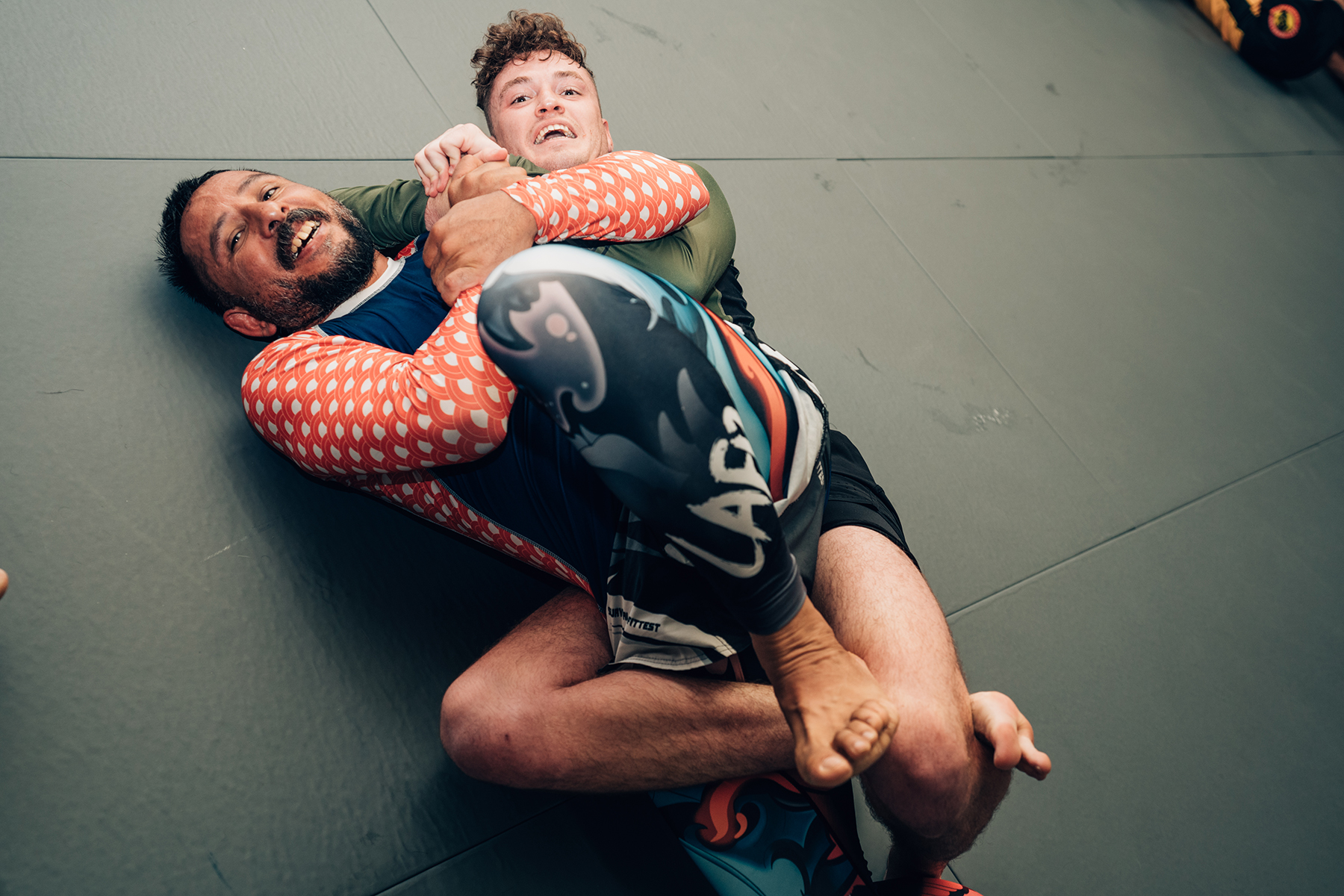
As for hobbyists or non-competitors (like me!):
- Help the young competitors grow, both in martial arts and other parts of their lives.
- Assist them with drilling their game during off hours if they don’t have a partner.
- Learn from the competitors. They are on the cutting edge of the martial arts, constantly competing against the best in the world, and they bring that knowledge back to Easton. What an incredible opportunity for all of us!
These are my thoughts, and I stand by them. To be a truly great community where everyone is taken care of, we must nourish all sides of the spectrum.
And remember, “Rising tides raise all ships.”
